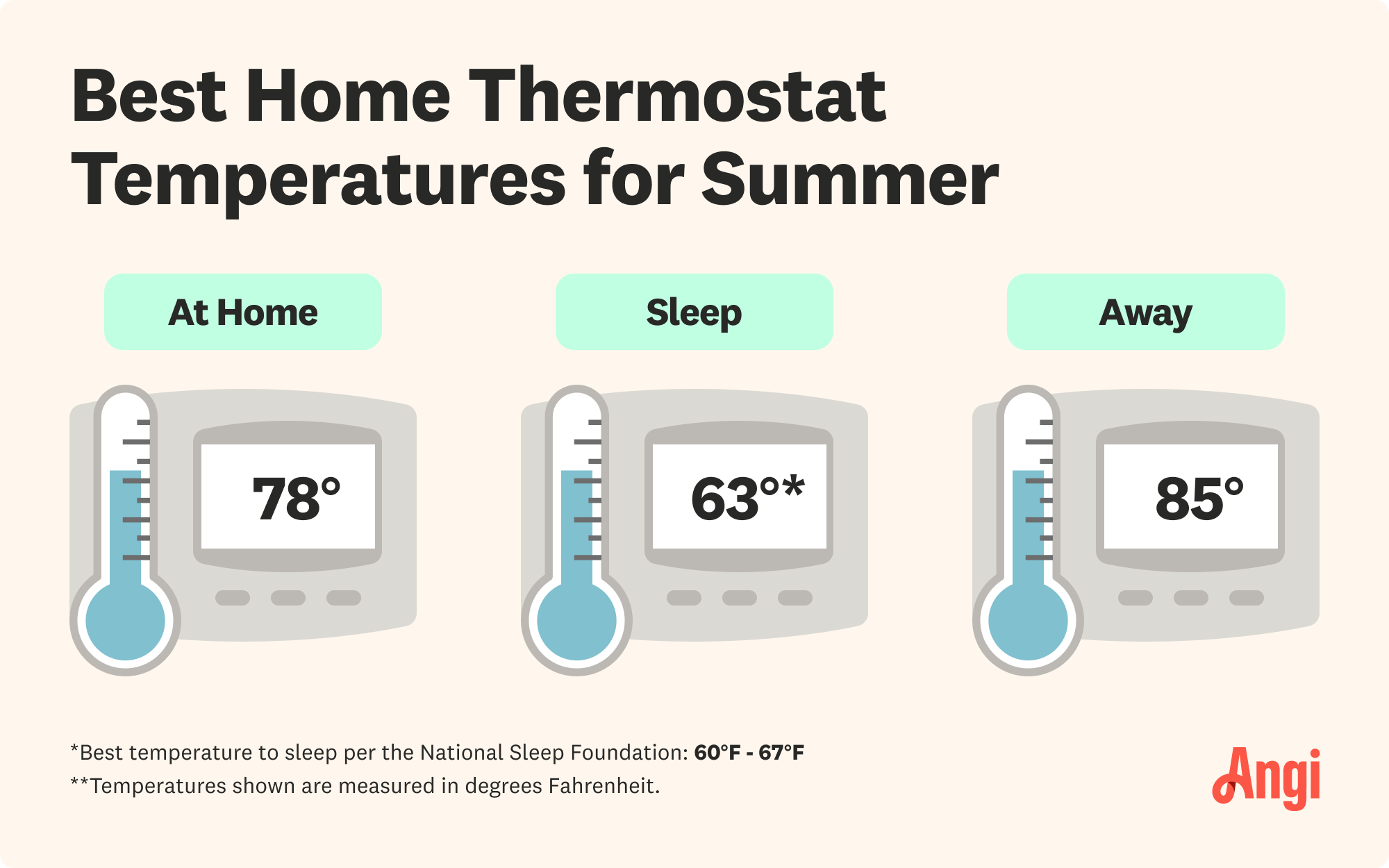
Repairing ductwork in a crawl space is frustrating and difficult, which is reflected in the cost. Learn why limited access results in a premium cost beyond just a simple increase in labor hours.
Your new morning checklist: Make coffee, read the newspaper, turn on the air conditioner


The best time to turn on the AC is when temperatures outside start hitting 75 degrees Fahrenheit.
The best time of day to turn on the AC to save money is in the morning.
The interior temperature of your home, personal cooling preferences, window efficiency, and insulation may alter the best time to turn on the AC in your home.
Many HVAC experts say that when the outdoor temperature hits 75 degrees Fahrenheit, it’s time to turn on the air conditioner. While the mid-70s would normally indicate late spring or early summer weather, the climate in your region might have a mind of its own. That’s why it’s important to consider a variety of factors, including personal preference, when deciding when to turn on your AC.
When your home reaches 75 degrees inside, it’s a good idea to turn your AC on. If cool air isn’t blowing as it should, then you’ve given yourself plenty of time to hire a local AC installer or HVAC pro to fix it before you really need it.
Aside from that initial test run, here are three factors to consider when determining an appropriate time to turn on the AC:
While it’s best to go by the outdoor temperature—again, 75 degrees is a good starting point—rather than the calendar, it also depends on how you’re feeling indoors. Sometimes, temperatures swing wildly, so if it’s in the 70s during the day but dropping down to the 50s at night, your home’s internal temperature may be just fine without the AC on.
Even if the outdoor temperature has been steadily in the mid-70s, you might find that turning on a ceiling fan or opening a few windows for some cross-ventilation is enough to keep things comfortable. Remember: It’s your house, your rules, and, ultimately, your utility bill.
If you’ve got energy-efficient windows and good insulation, your home might stay cooler for longer, even as outdoor temperatures rise. This is also important for keeping your home warm in the winter. If you’ve got poor insulation or drafty windows, it’s worth it to repair or replace them to conserve energy and lower your monthly utility costs.

Even during the dog days of summer, the outside temperature will drop overnight for one very simple reason: The hot sun has set.
Whether you have central air, a mini-split unit with a programmable thermostat, or you simply press a button on a window AC unit, do so in the mornings during the summer. The internal temperature will be lowest then, so turning on the AC early in the day will ensure that it has time to cool off the space.
Wait any longer and the temperature will continue to rise, making your AC work even harder than it usually does. This is bad news for the longevity of your appliance and the size of your utility bills.
From average costs to expert advice, get all the answers you need to get your job done.

Repairing ductwork in a crawl space is frustrating and difficult, which is reflected in the cost. Learn why limited access results in a premium cost beyond just a simple increase in labor hours.

Inspections are an essential part of furnace maintenance. Prevent inconvenient breakdowns by budgeting for furnace inspection costs and repairs.

Switching from oil to gas heating could impact your savings. This guide will help you understand the cost to convert from an oil furnace to a gas furnace.

A problem with your heat pump can lead to a house that’s too cold or too hot. Learn the most common heat pump problems—including any weird noises—and their solutions.

Is your furnace not blowing hot air? Find out 13 common culprits behind a cold furnace, plus tips for how to get the warm air pumping again.

Is your baseboard heater not working? Here are some common issues and expert solutions for getting your heater back on track. Here’s how to troubleshoot it.